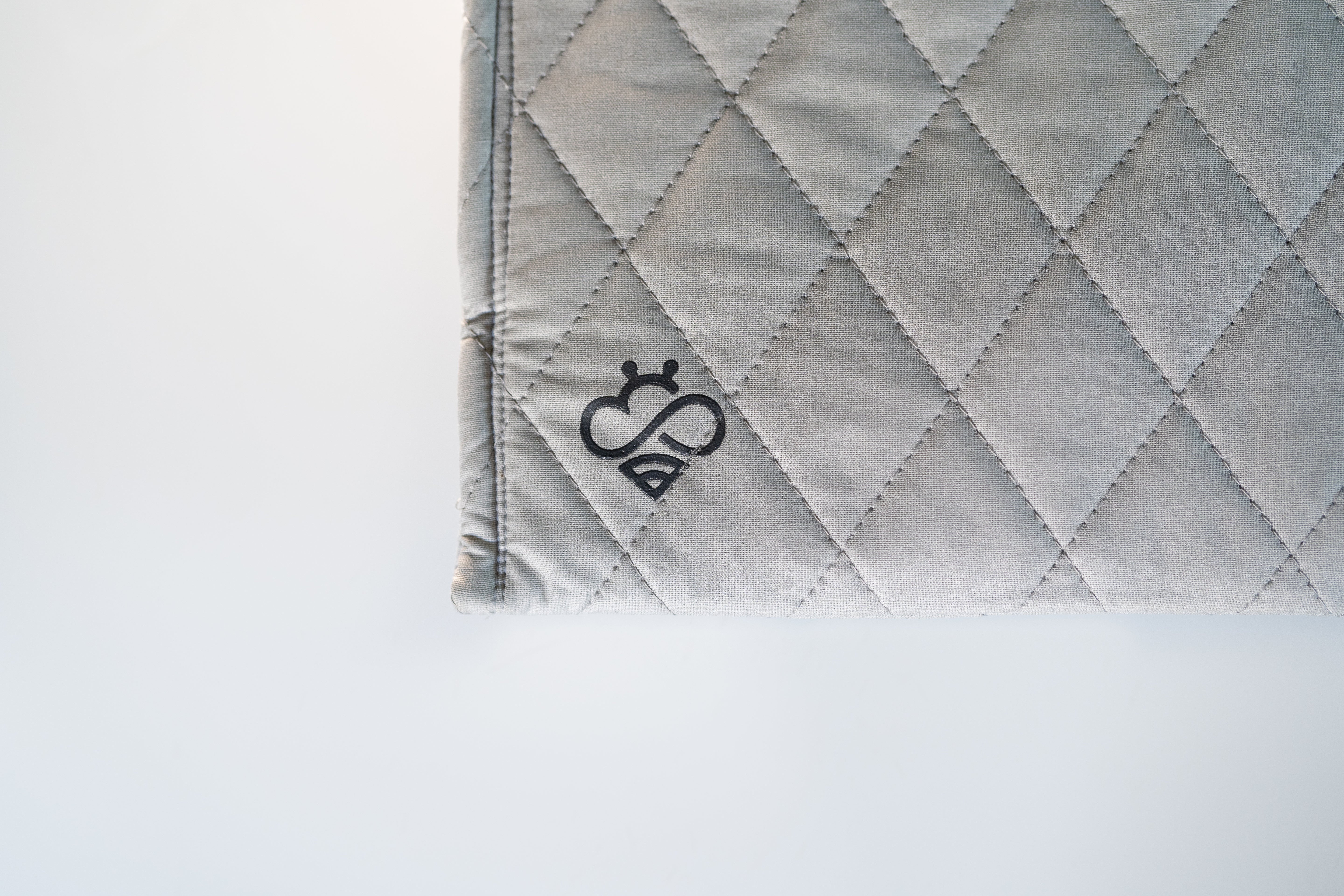If you could pick any time in history to live, when would it be?
There is a solid argument to be made for choosing the present. Technology has not only advanced dramatically over the past century, but in fact appears to be accelerating. From electric cars to supercomputers to instantaneous video calls from anywhere to the beginnings of commercial space travel, technological advancements have thoroughly enriched human life.
But it has come with a cost. These types of technological advancements - starting with Thomas Edison’s light bulb in 1878 – have been slowly increasing stress levels, which has simultaneously reduced the amount and quality of sleep for nearly everyone. It’s no wonder that 50-70 million US adults have been diagnosed with a sleep disorder.
Virtually all technology has the potential to negatively impact stress levels and sleep quality. But there is one technological breakthrough that can do the opposite: a breakthrough wearable technology that not only aids in lowering stress and increasing relaxation, but also helps in getting a good night’s sleep. All with the simple push of a button.
Meet Hapbee. A wearable that can change your ability to sleep, and thus change your life.
While the price for the next generation of wearable technology seems like a fair price to Hapbee’s tens of thousands of current users, it’s worth taking a closer look at some of the ways changing our habits and routines to achieve a great night’s sleep, with or without Hapbee, which will help increase the effects of all of them.
- Power down your devices long before bed, at least an hour or more in advance. The blue light from your screens inhibits the natural production of melatonin, the body’s natural sleep-inducing hormone, and that can confuse your circadian rhythm
Though it may seem like watching TikTok videos or firing off a few emails are a great way to wind down in bed after a long day, such activities have been shown to negatively impact your ability to fall asleep.
-
Dim the lights and decrease the thermostat setting. Once you’re no longer looking at, and being affected by, screens of various types, it’s time to prepare for hibernation.
Artificial light can negatively impact your sleep-wake cycle, so turn any down, as low as possible, while maintaining their ability to complete the rest of your bedtime routine.
In addition, according to the Sleep Foundation, warm temperatures can cause discomfort and restlessness, and a higher core body temperature is associated with a decrease in restorative “slow-wave” sleep. A bedroom temperature of 65 degrees is ideal, so the closer you can get to that, the better off you’ll be.
- Hydrate and have a snack. If you’re about to go 8-ish hours without any water, you’ll want to ensure you’re well hydrated. Obviously, this can be a tough balance to strike, as you also don’t want to have to get up in the middle of the night because your bladder can’t make it until morning.
Similarly, a rumbling stomach due to hunger pangs can keep you up, so a small snack not long before bed can be well-advised. Just be sure to steer clear of anything containing caffeine, which has a half-life of five hours in your system, and thus can keep you up late into the evening.
-
Skip the night cap. A glass of wine (or two) may initially help take the edge off so you can fall asleep, but that sensation won’t last throughout the night — and the more alcohol you drink, the harder it is to get a good night’s sleep. In fact, drinking more than two servings of alcohol per day for men and more than one serving per day for women has been found to decrease sleep quality by 39.2%
- Indulge in any other self-care acts you desire. With the pace of modern life so extreme, many rarely get a moment to themselves, which can make a bedtime dose of TLC that much more rewarding. Ideas to consider might include:
- Soaking in a warm bubble bath by candlelight
- Spritzing some lavender essential oil on your pillowcase for a little bit of aromatherapy
- A warm cup of chamomile tea
- Massaging lotion into your feet for acupressure therapy
The possibilities are endless, so do whatever feels comforting, because comforting goes hand-in-hand with relaxing.
Pair a soothing activity with your Hapbee. With your environment now adjusted to your liking, you’ll be able to better focus inward to begin winding down.Once you’ve set your Hapbee to a blend to help you fall asleep, like Deep Sleep or Winter’s Nap, consider activities to wind down further until you’re truly ready for bed. These could include, but aren’t limited to:
- A guided bedtime meditation
- Writing down your next day’s to-do list to help decrease anxiety about forgetting anything
- Listening to relaxing music
- Reading a book, coloring or sketching
- A multi-step skincare routine you might not otherwise have time for
When you’re finally ready to close your eyes? Simply remove the Hapbee from around your neck, then place it under your pillow. Hapbee continues to work, even when you’re asleep.
Good habits can make for great sleep. All of the above can be done while wearing your Hapbee, which makes Hapbee a fine addition to your normal routines, with the advantage of turning them all into effective bedtime rituals.
Hapbee comes with 365-day money back guarantee, including free return shipping, so you have nothing to lose, and everything to gain, by trying one out. Simply sign up below to receive a personalized discount, but hurry, this offer is subject to change at any time.
Learn more about how the Hapbee technology works and how it was developed now.




